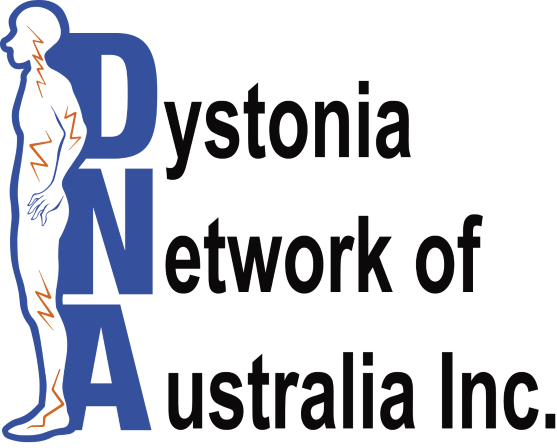There are many different types of medications used to treat dystonia. However, although some may be very helpful for a small proportion of people with dystonia, in particular those with generalised or early onset dystonia, on the whole their effect has been disappointing for other types of dystonia.
The following are the more common types of drugs used in dystonia:
Dopaminergics
such as Sinemet® (levodopa/carbidopa) and Madopar® (levodopa/benserazide) are medications that are normally used to treat Parkinson’s disease. They contain dopamine, an important neurotransmitter in the brain particularly in the basal ganglia. Although dystonia is a different condition to Parkinson’s disease there are some rare types of dystonia that have some subtle Parkinson features such as slowness of movement.
One of these is a genetic type of dystonia called dopa-responsive dystonia (DRD) that responds well to levodopa medications. These medications are also commenced at a low dose and gradually increased until a therapeutic dose is reached, that is the dose with the best effect and the least side effects. Mostly people with DRD respond well to quite small doses of dopaminergic medications.
Anticholinergic medications
such as Artane® (benzhexol hydrochloride) or Cogentin® (benztropine mesylate) are drugs that inhibit acetylcholine, that is reduce its action. Acetylcholine is another important neurotransmitter in a part of the nervous system called the parasympathetic nervous system (see glossary). In dystonia anticholinergics can reduce tremor and muscle spasms but with varying response.
There are many documented and reasonably frequent side effects from anticholinergic medications. They include dry mouth, drowsiness, blurred vision, constipation, difficulty in passing urine and memory problems. The elderly are particularly prone to these side effects.
Treatment with a small dose of the anticholinergic drug then very gradually building up to a therapeutic dose allows for better tolerance for this type of medication.
Benzodiazepines
such as Valium® (diazepam), Rivotril® (clonazepam) and Ativan® (lorazepam) are minor tranquilisers that enhance the effect of GABA, an important neurotransmitter in the brain. In dystonia they are used as muscle relaxants, improving some of the symptoms of the muscle overactivity such as muscle spasms. Rivotril® is probably the most common of this type of medication prescribed in Australia for dystonia. The side effects of benzodiazepines include tiredness and sedation and the medications work best taken in low doses or when taken intermittently. However, in dystonia regular doses are often required. People may develop tolerance, which means that they need increasing doses to achieve the same effect. Where benzodiazepines are taken regularly over a long period of time they should not be stopped abruptly.
Anticonvulsants
(drugs used primarily for epilepsy) such as Tegretol® (carbamazepine) and Neurontin® (gabapentin) mostly act on another neurotransmitter, GABA (gamma-amino butyric acid) and are prescribed mostly to reduce muscle spasms and abnormal postures in a type of dystonia called episodic dystonia, in that the symptoms appear from time to time but not constantly. However, although there are positive case study reports, there is little research evidence for their use and there are some other case reports implicating gabapentin as causing a dystonic reaction.
Tetrabenazine
is a drug that depletes dopamine in the brain. It tends to be used for dystonia that is very difficult to treat with other medications or treatment options. It is most useful in controlling involuntary movements. Tetrabenazine® has many side effects such as anxiety, depression, insomnia and Parkinson-like symptoms.
Baclofen
is an anti-spasmodic drug and can in some people relieve muscle spasms. It is used more often and has more effect in children with dystonia. However, it has many well documented side effects that make it difficult to tolerate in the high doses required for a beneficial effect such as drowsiness, nausea, dizziness, loss of appetite, constipation or diarrhoea, fatigue, headache and trouble sleeping. Side effects are more common in adults. Some children with generalised dystonia may have baclofen given by pump. The catheter or tube carrying the baclofen is placed in the space surrounding the spinal cord, as treatment and the baclofen is infused or pumped into this space. Smaller doses are required with this treatment and so side effects are less.
NB: The above categories of drugs should be taken as prescribed and not stopped abruptly unless under your specialist’s advice.
Page reviewed 31 January 2024




